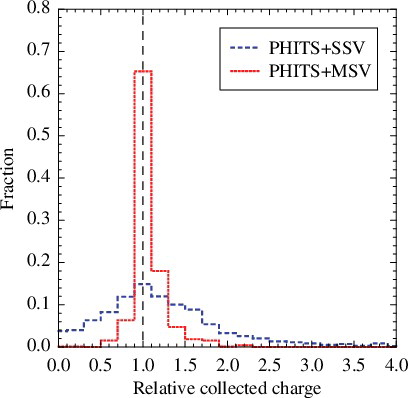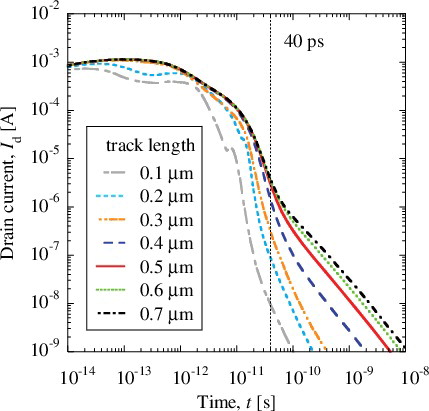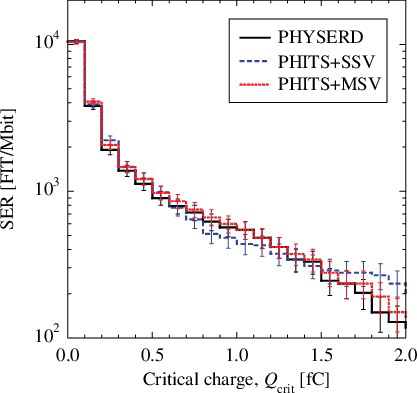Figures & data
Figure 1. Configuration of the NMOSFET structure equivalent to 25-nm design rule used in HyENEXSS [Citation5,Citation6,Citation9]. STI (shallow trench isolation) prevents electrical current leakage between adjacent transistors, and active area is the area surrounded by STI.
![Figure 1. Configuration of the NMOSFET structure equivalent to 25-nm design rule used in HyENEXSS [Citation5,Citation6,Citation9]. STI (shallow trench isolation) prevents electrical current leakage between adjacent transistors, and active area is the area surrounded by STI.](/cms/asset/f2352f3d-42a3-47b1-a5f4-0c0871f3a504/tnst_a_1056561_f0001_oc.jpg)
Table 1. Parameters of NMOSFET for 25-nm design rule [Citation18–20].
Figure 2. Id–Vg curve for NMOSFET. In general, Id is sufficiently small at off-state of Vg. Id increases drastically together with Vg, and then increases moderately when Vg reaches a certain level.
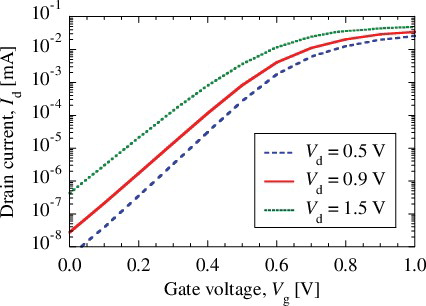
Figure 3. Time evolution of electron density, hole density and potential for drain-node struck by ion with a track length of 0.1 μm. The potential is distorted along with the ion track, and reverts to normal at 43.1 ps. At 0.207 ps, electrons are pulled out from the source node to the substrate side.
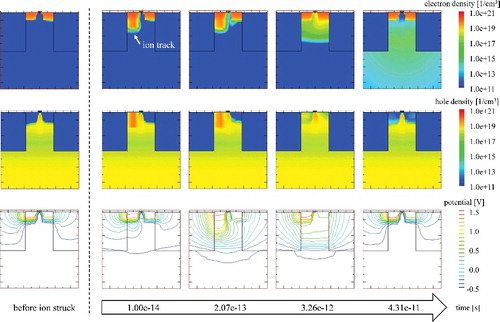
Figure 5. Charge collection efficiency for drain-node struck and source-node struck plotted as a function of ion-track length.
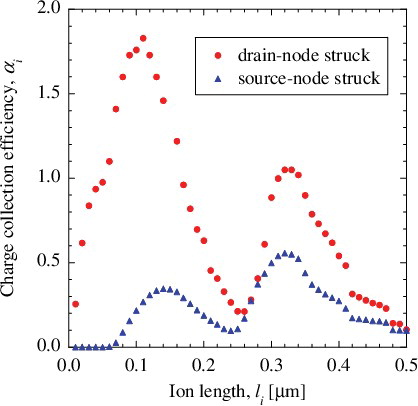
Figure 6. Charge collection efficiency for several positions of spherical charge plotted as a function of distance between spherical charge and center of transistor surface.
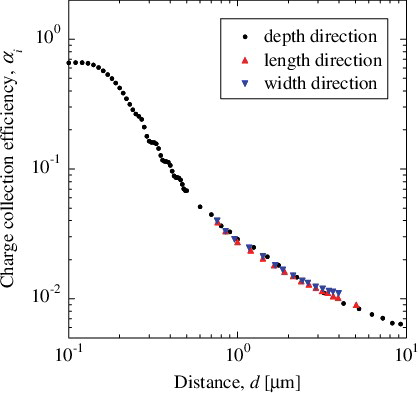
Figure 7. Configuration of computational system used in PHITS. For the MSV model, the analysis volume is divided into regions A and B, which are then subdivided into smaller SVs. For the SSV model, an SV is placed on the analysis volume.
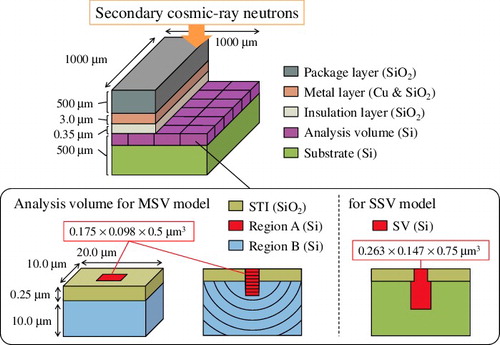
Figure 9. Impact of incident neutron energy ranges on SER obtained by (A) PHYSERD, (B) PHITS+SSV and (C) PHITS+MSV.
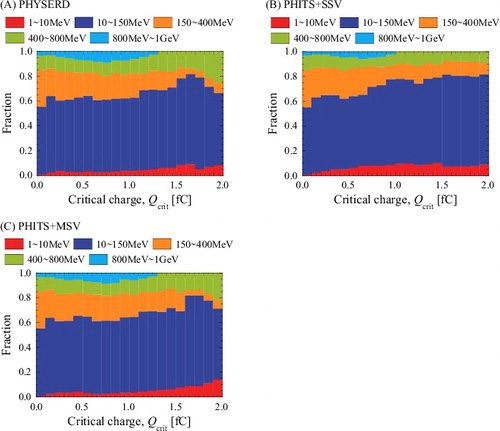
Figure 10. Impact of secondary ion species on SER obtained by (A) PHYSERD, (B) PHITS+SSV and (C) PHITS+MSV.
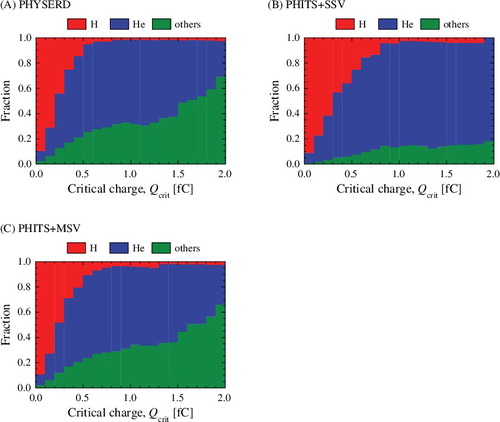
Figure 11. Event distribution of relative collected charges obtained by PHITS+SSV and by PHITS+MSV. Each histogram is normalized to unity.
